Read all about ADAS technology, including common terminology and explanations of buzzwords within the field.
From Alignment Acorns, Mighty ADAS Oaks Grow
Why auto repair shops should invest in ADAS
Interview with Ryan Gerber, Hunter Engineering Co.
This article originally appeared in Fender Bender Magazine. Courtesy Endeavor Business Media.
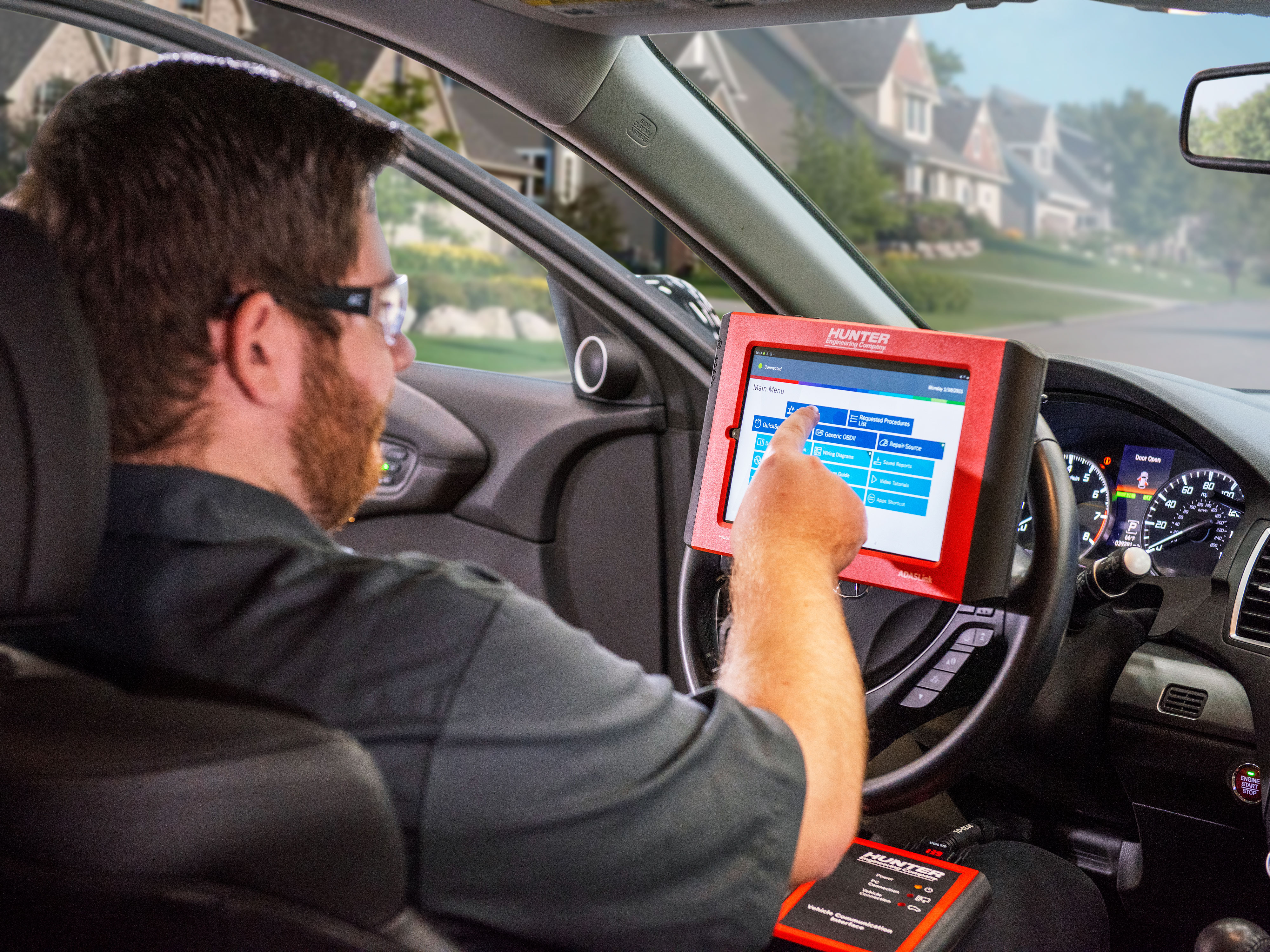
Q: What's the relationship between alignments and ADAS calibrations?
RG: Pretty much every ADAS calibration starts, or should start. with an alignment. If the wheels aren't going straight, then neither is the ADAS, which can defeat the whole purpose. So, if you're already doing alignments every day- andIknow not all collision shops are, but they should be - it's a logical next step to ADAS. Do one; do the other. They're connected.
Q: Why aren't more collision shops doing ADAS work now? What's holding them back?
RG: It's still early in the game. Most shops have yet to sit down and do a careful analysis of how they could get in on ADAS work. That's understandable, although shops that have taken that step are ahead of the game. The longer a shop waits, the further behind it'll be.
I think there's also some "what somebody told me about ADAS" slowing the process down: You need rocket-science techs, you need an acre of space, the work is complicated and a big investment, and so on.
But really, while there are always things to consider when making any business decision, none of that is true.
Q: So, you're saying ADAS work isn't complicated and expensive to do?
RG: Some shops have the notion that ADAS work is something exotic. The more you learn, the less mysterious it gets.
The technology is highly sophisticated, but calibrations are not. Any patient. conscientious tech can do them. And the investment in tools and equipment is proportional to your revenue, like anything else.
This is a key point because some believe ADAS work requires that you have to have the end-all, state-of-the art system before you can do your first calibration. Not so. To get into ADAS work, you start small with brands you're familiar with, gain experience and confidence, and go from there. When your ROI justifies a bigger investment- and it will - that's the time to move up.
Q: Fair enough, but most collision shops have enough to do without taking on ADAS work. Why isn't it just easier to continue doing as many are doing, and sub it all out?
RG: That's where the missing out comes in. The path of least resistance actually does offer the least resistance, but that doesn't mean it's the best path.
Collision shops are tailor-made for calibration. Nearly every single vehicle coming on the lot will need ADAS work.
Subbing it out is the worst of all worlds. It's almost as if the process is designed that way. You give up control over the quality of the work but retain responsibility
for it. You give away most of the profit but retain all the liability. You increase customer inconvenience with longer cycle times for no offsetting gain.
It's your shop, your alignment system, your customers, your revenue. Make ADAS your work.In time, I think most collision shops will see that. Why would they not?
Q: But what about space? Not every shop can simply clear out a bay or two all day, every day.
RG: That may be true now, but in time they may want to!
ADAS work requiring wide open spaces is a frequent misconception. To perform the lion's share of ADAS work, the typical shop likely has sufficient space as it is. Most forward-facing calibrations can be done in 10 feet or less, and very rarely-really, if ever-will you. will you encounter a calibration requiring room around all four sides of a vehicle at the same time.
A little workaround creativity may be required from time to time, such as moving the vehicle this way or that to perform a calibration, or backing it a bit out the door, or clearing space by moving shop equipment around (most is on wheels, after all!). Just as you don't need 100 yards to play touch football, you don't need a textbook amount of space to perform ADAS work.
Q: What's the most important advice you can give to collision shops that wish to branch out into ADAS?
RG: I think what may hit home the hardest is that given the growing - and growing-amount of ADAS work now and in the near future, you may not choose to do it, but someone else surely will. Subbing it out will make less and less sense, as you simply give away control and tons of profitable work but keep all the headaches. The best way to get started is to pair up with an experienced and reputable partner who can guide you every step of the way.
In other words, you don't have to do it alone. Get help, get equipment, get experience, and get going on building a profitable ADAS business. Rather than being a collision shop that gives ADAS work away, become the shop others bring work to.
About the Author: Ryan Gerber
Ryan Gerber is a product specialist/ADAS for Hunter Engineering in Bridgeton, Mo., starting his career with Hunter in 2011 as a business consultant. Gerber has worked in the automotive field more than 30 years, with roles ranging from technician to secondary automotive instructor. He earned a General Motors ASEP Certification and an A.S. in Automotive Technology from Sinclair University

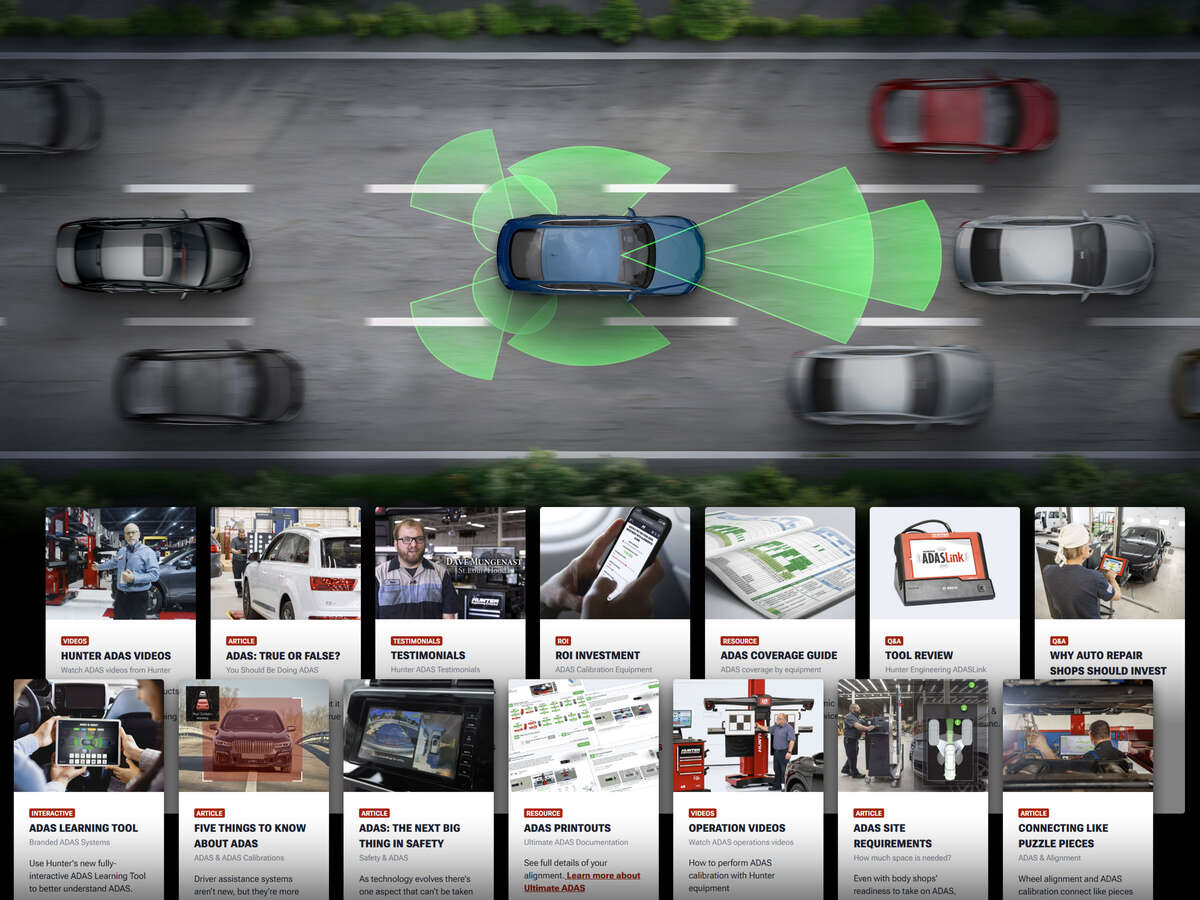
Expand your knowledge and awareness on Advanced Driver Assistance Systems (ADAS) with articles, videos, interactive tools, and downloads.
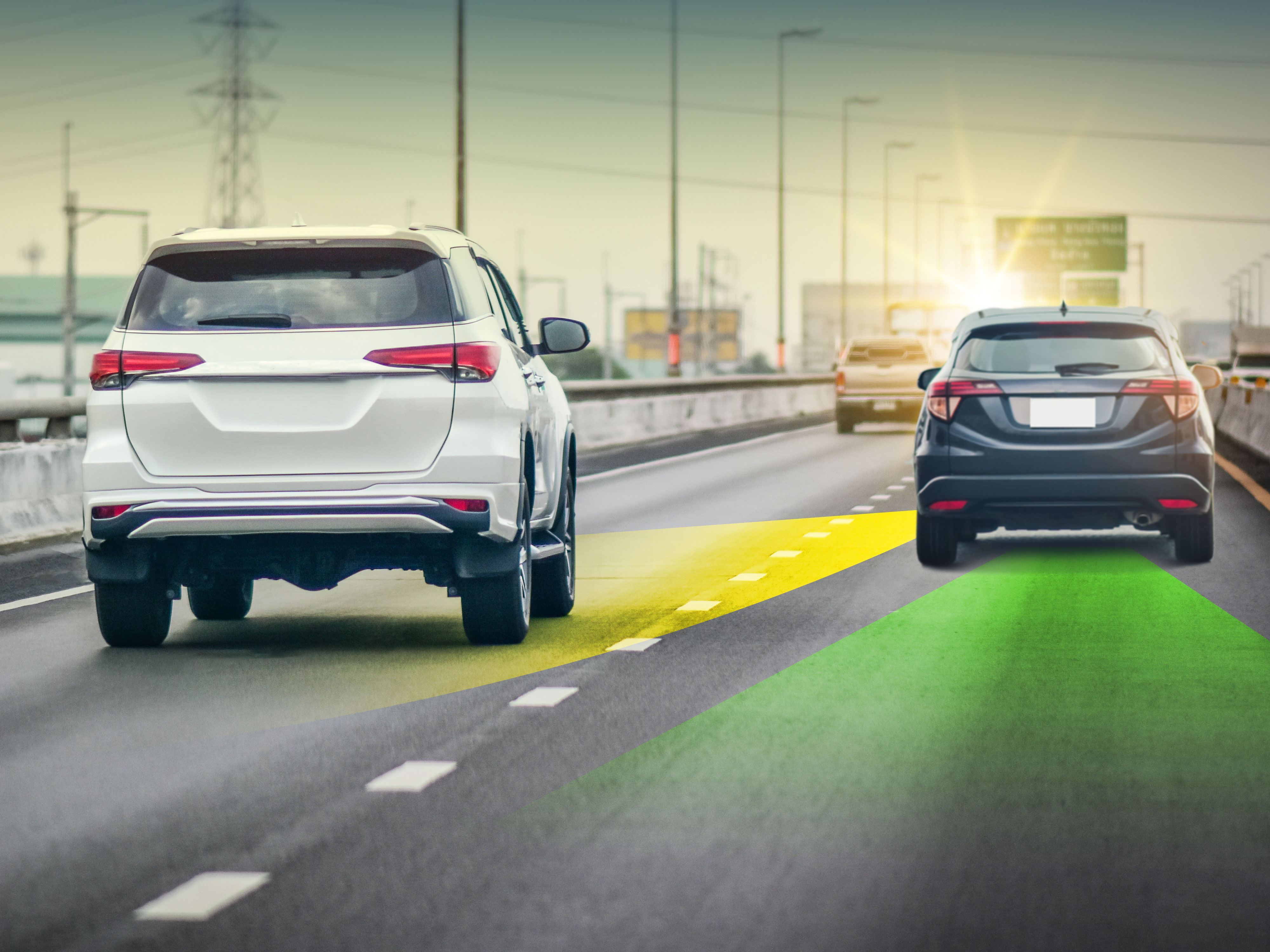
What is ADAS?
Learn the Basics
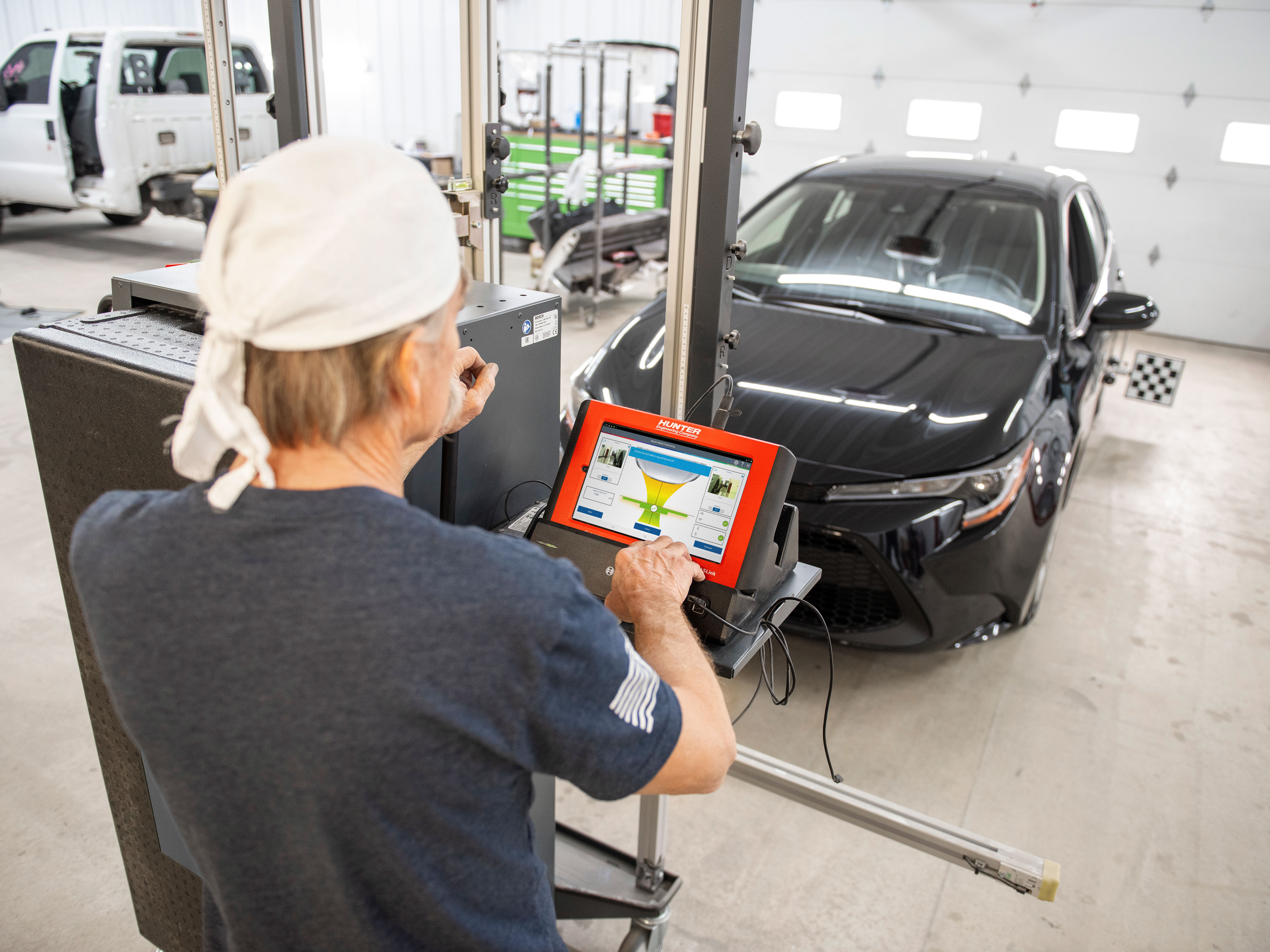
Why Auto Repair shops should invest in ADAS
Fender Bender
From Alignment Acorns, Mighty ADAS Oaks Grow...
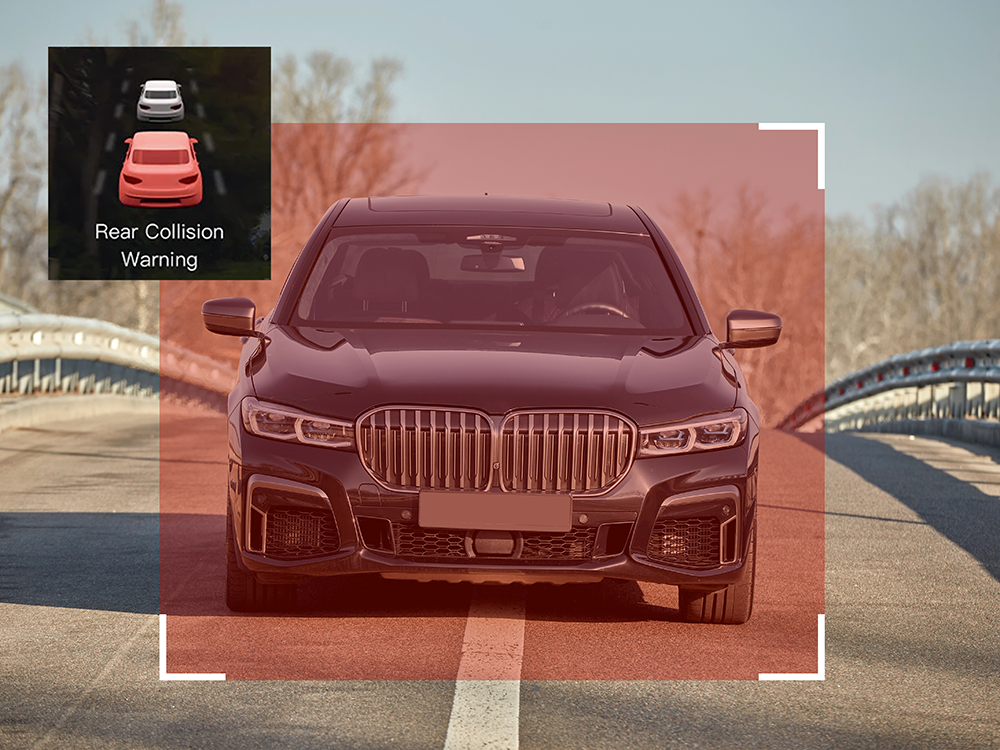
Five Things to Know About ADAS
ADAS & ADAS Calibrations
Driver assistance systems aren’t new, but they’re more popular than ever. Here’s what you need to know.
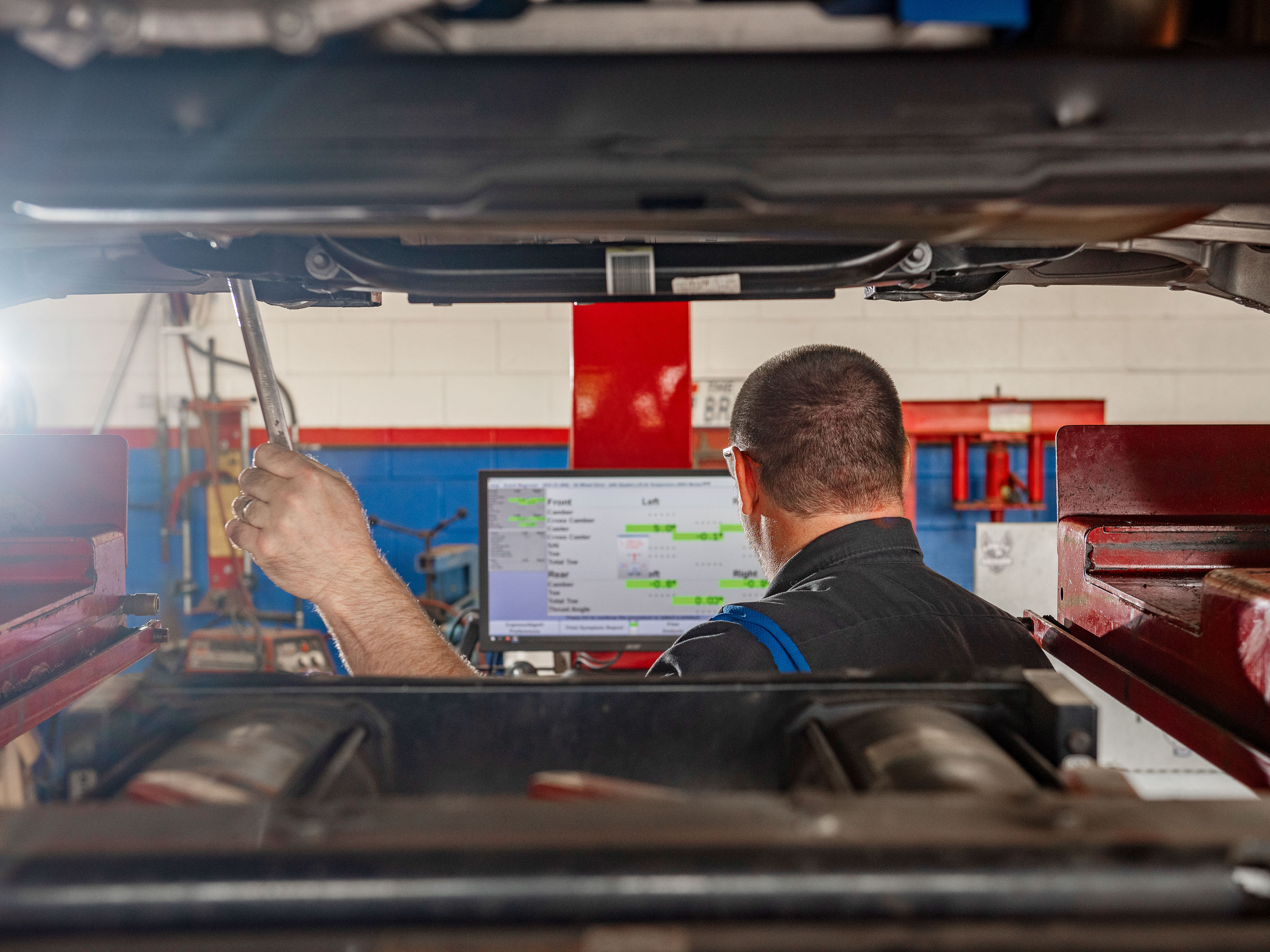
Connecting like Puzzle Pieces
ADAS & Alignment
Wheel alignment and ADAS calibration connect like pieces in a jigsaw puzzle. If you don't know where the wheels are going...

ADAS Learning Tool
Branded ADAS Systems
Use Hunter's new fully interactive ADAS Learning Tool to better understand ADAS.
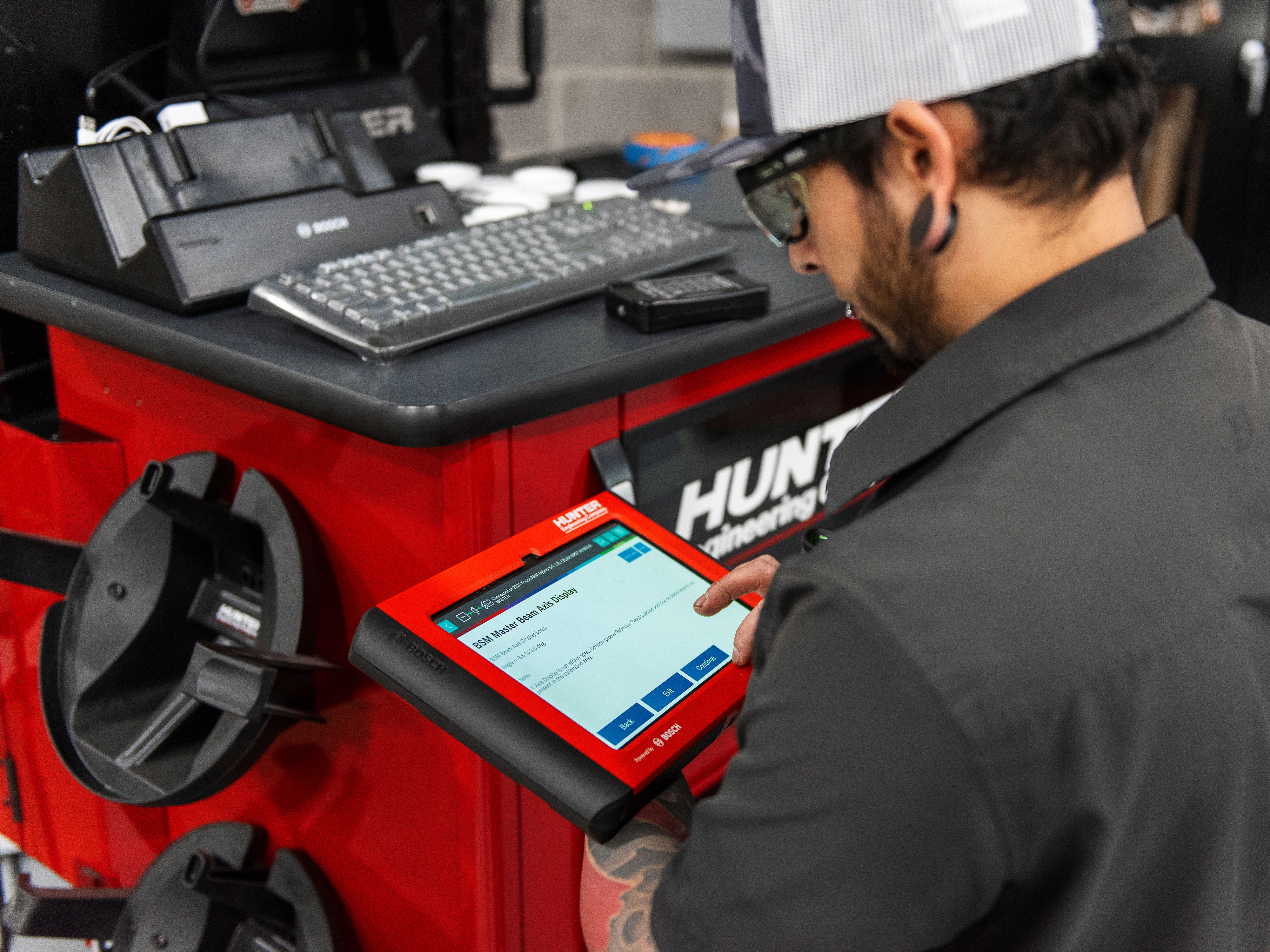
Flipping the ADAS switch
Tire shops are a natural habitat for ADAS calibrations. Invite them in.
When you think of a tire shop, you think of an alignment system. And when you think of an alignment system, you think of ADAS calibrations.
OK. Maybe not just yet for tire shops. But...

ADAS: The Next Big Thing In Safety
Safety & ADAS
As technology evolves there's one aspect that can't be taken lightly: safety.
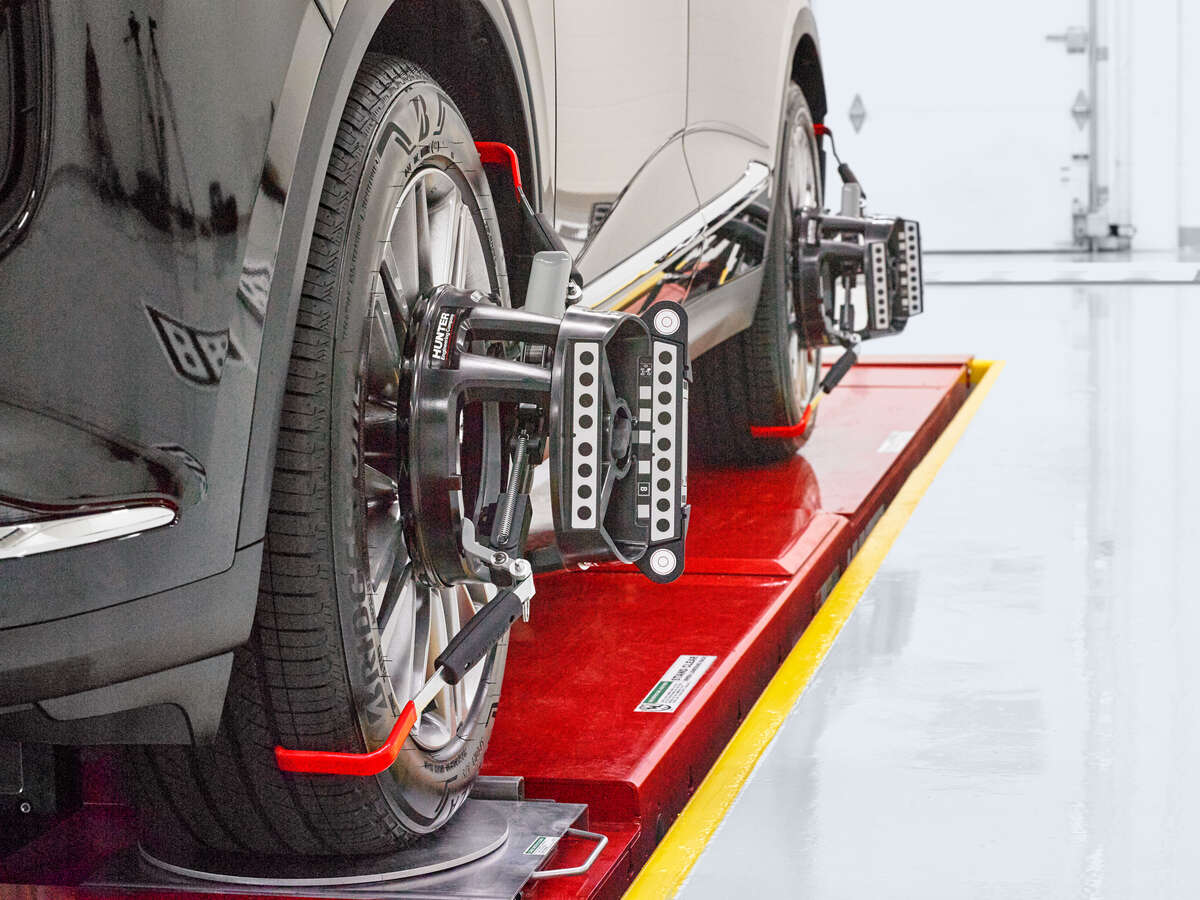
Collision Shops and ADAS: What do the Numbers Say?
Collision shops and ADAS
They say profit is moving in the wrong direction...

Industry Insights ADAS Articles
View more ADAS articles written from Hunter's industry experts.


